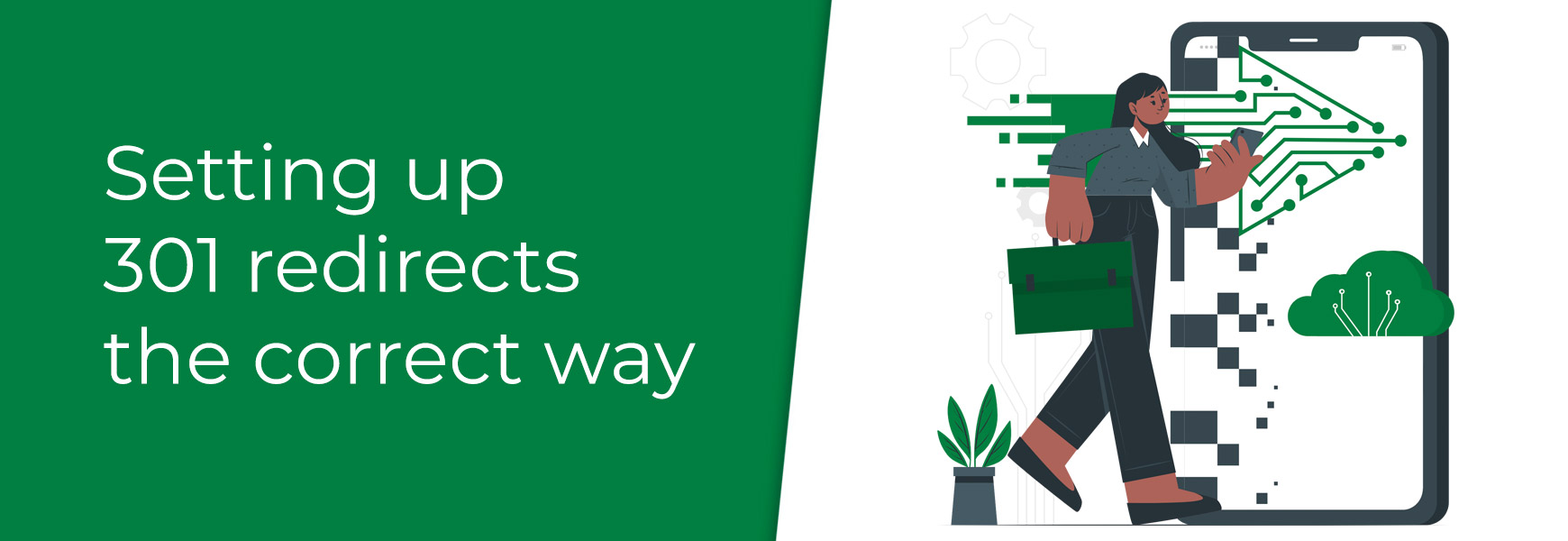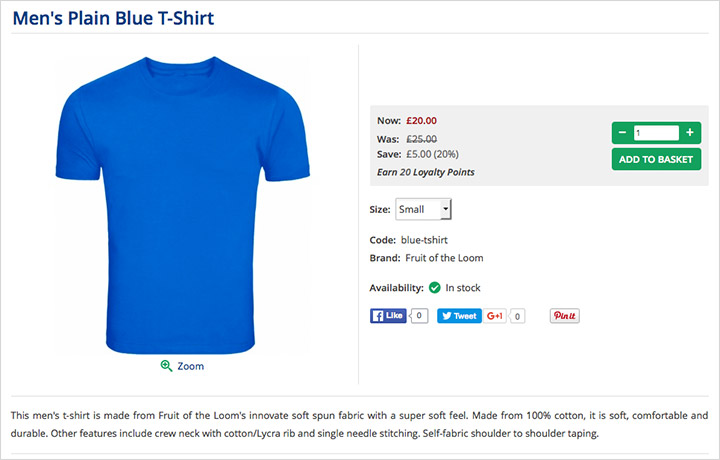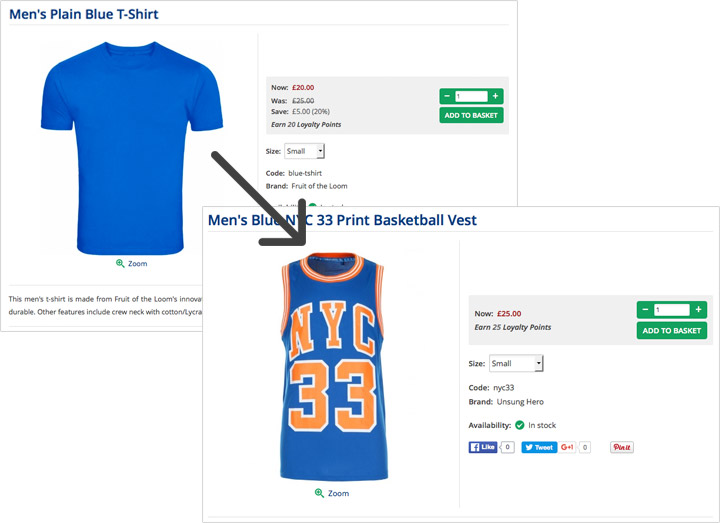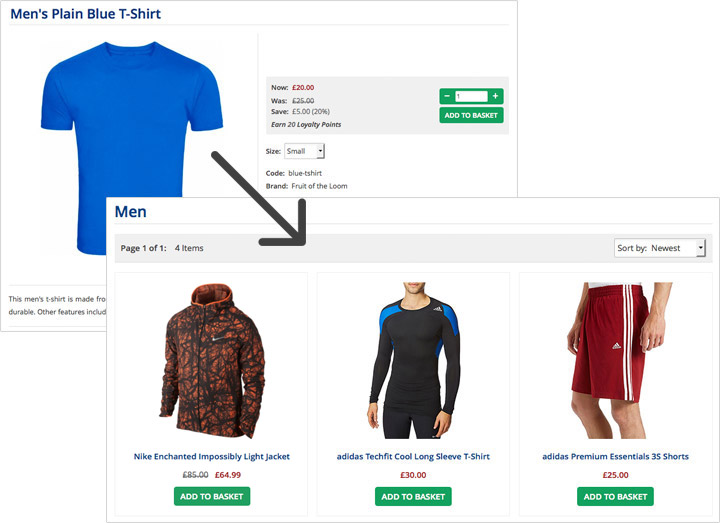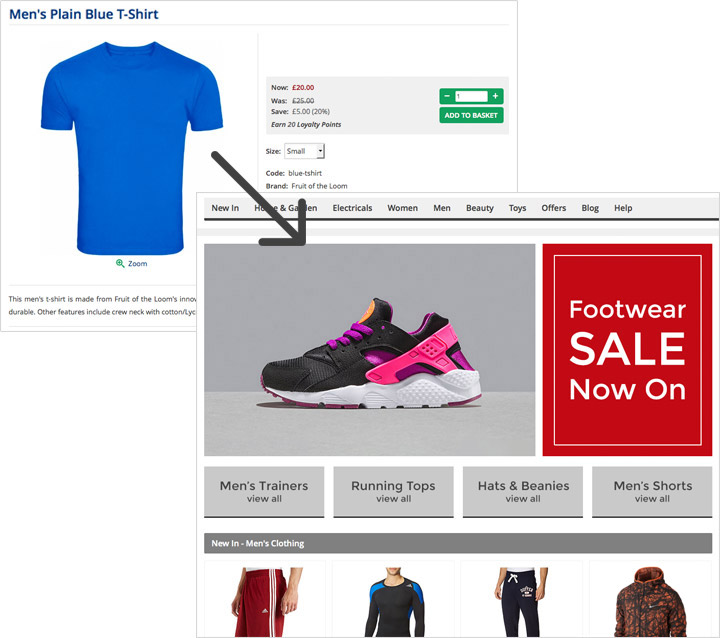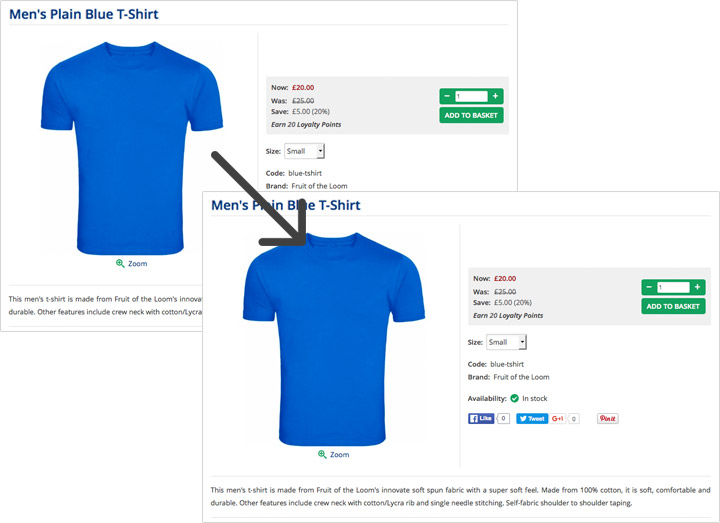One of the services we offer when new customers want to move over to Bluepark is 301 redirects. These are pieces of constructed code that will automatically send anyone, including search engines, from the old URLs on their previous site to the new URLs on their Bluepark site. Anyone who is moving website platforms is advised to do this, otherwise the search engine rankings on the old site will be lost and the new site will be seen as a brand new website starting from scratch. It is also advisable to create 301 redirects if you decide to change the URL of a page on your current site, or if you delete a page and recreate it with the same or very similar content on another URL. You can find out more about why 301 redirects are so crucial to your online shop in our blog post The Importance of 301 Redirects. However, there are right ways and wrong ways of doing 301 redirects and, as we have seen first hand, doing them the wrong way can have catastrophic effects on your search engine rankings and your business. Don't panic though, just follow our guide below to make sure you do them the correct way and you shouldn't have any problems. To illustrate this, we will use a simple men's plain blue t-shirt product page that has been discontinued on a site, so the URL no longer exists, as an example.
The wrong way of doing 301 redirectsFrom a product to a similar product
When a product no longer exists on a website it's tempting to redirect the URL of this product to another product, rather than letting it go to a 404 page. They may have a similar product, such as a Men's Blue NYC 33 Print Basketball Vest, that may seem obvious to redirect to. Yes, it's blue, but it's not the same product and it doesn't have the same content on the page. For someone looking for a plain blue t-shirt, if they landed on this page via a link on Google that said Men's Plain Blue T-Shirt they would be disappointed and would immediately leave your site to look elsewhere. The more this happens the higher your bounce rate will be for this URL and this can have a negative effect on your ranking. Have a read of SEO Hermit's What Bounce Rate Means for Your SEO Strategy post for more information on this. From a product to its original category page
It's also tempting to redirect the removed product page URL to its original category page, however, as above you'll find most people are searching for a specific product and will leave the site immediately. Google will also know straight away that the content on the category page is completely different from the content on the original page and will know that it is an incorrect 301. From a product to the homepage
Redirecting a removed URL to the homepage is a big no no, especially if you're doing it with a lot of products and/or categories. The same as above applies, but also, what you are essentially telling Google is that a large number of URLs have exactly the same page content on them. And what does Google hate most? Duplicate content. Doing this will cause a lot of damage to SEO rankings that will take quite some time to recover from. The correct way of doing 301 redirects
There is only one way to do 301 redirects correctly and that is from the Men's Plain Blue T-shirt to the same product, whether it be on a new site or a new URL. This is because a 301 redirect is telling search engines such as Google, and visitors to the site, where this page now resides. If this product doesn't exist anymore then don't do a 301 redirect, let it go to a 404 page. This is giving the correct message for this product because it is a saying the content of this page does not exist anymore. Google will not penalise you for this and, if you don't believe me, have a read of their official stance on 404s in their article Do 404s hurt my site?. Just make sure you have a custom 404 page with recommended navigational options on it including a search box. Multiple redirects and SEOIt is important to be aware that creating long chains of multiple redirects can also have a negative affect on your SEO and can eventually stop people being able to access the page. For instance, if the original URL for the Men's Plain Blue T-shirt was www.domain.co.uk/mens-plain-blue-t-shirt, and then you changed the URL and setup a redirect to www.domain.co.uk/mens-blue-t-shirt, this is fine. However, if you did this multiple times, you would have a long chain of redirects, from the original URL to the changed to URL, then to the next changed URL, then to the next changed URL, and so on. Google has confirmed it will only follow up to 10 redirects in a chain, any more than that they will simply ignore and the page won't be indexed. Additionally, if you ended up redirecting the chain back to the original URL, which can happen accidentally, this can cause something called a redirect loop. This will cause the browser to not be able to show the page because it will continually follow the loop of URLs. If this happens, both your visitors and Google won't be able to access the page. Lastly, too many 301 redirects put unnecessary load on web servers and can reduce the speed of your site. For this reason, Bluepark has restricted the .htacess field, which contains the redirects, to 5000 lines to ensure redirects are kept to a minimum and don't have an affect on the speed of your site. If you wanted to change the name of product, category or page, a good way to avoid the above is to change the Title of it but keep the URL as it was. This will keep redirects to a minimum, avoid issues, and both visitors and Google will still be able to access the page. Having a Title that's different to the URL will have no impact on your SEO. Try Bluepark for FREE for 14 daysFull access to everything including our support team, no card details required |
|
|

